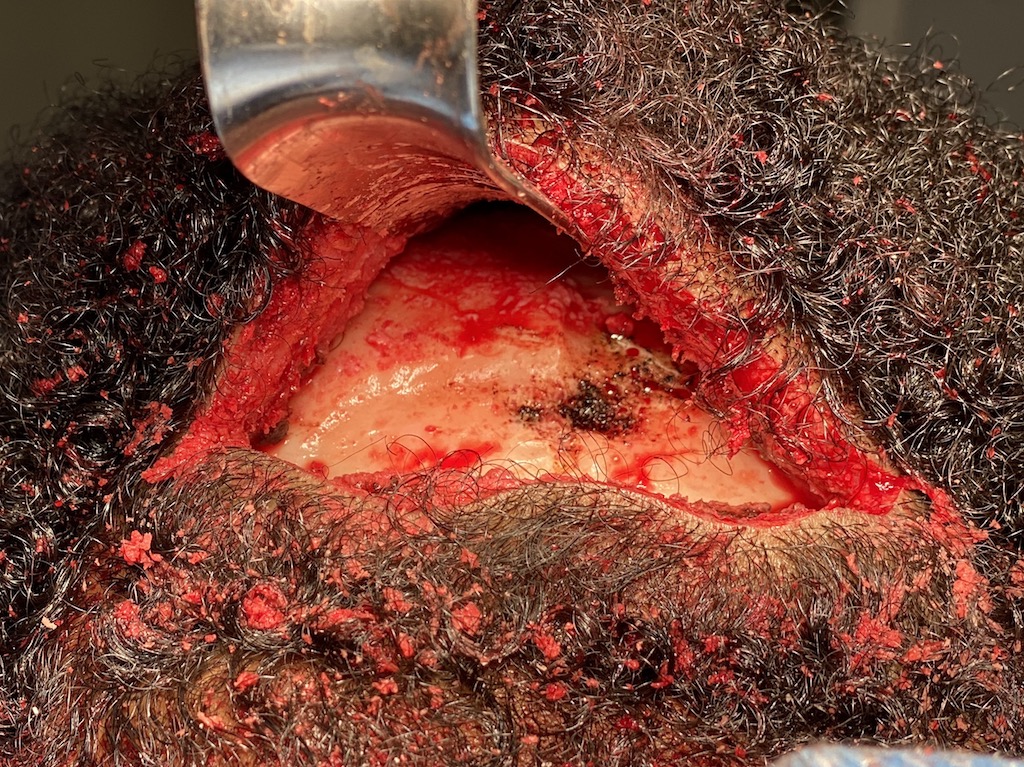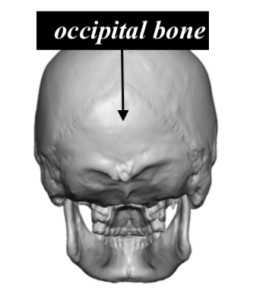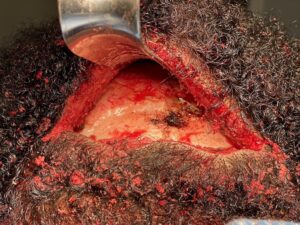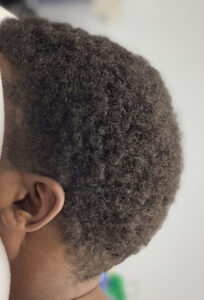Background: Aesthetic skull reshaping involves a variety of procedures which fundamentally are contour changes of either reductions, augmentations or a combination of both. Reduction of an excessive bony prominence constitutes skull reductions which can be relatively small or may involve multiple bone surfaces. Regardless of the size or location of the bony prominence reduction is done by high speed burring.
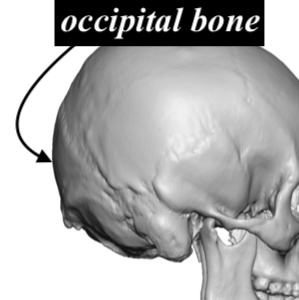
Like most aesthetic skull reshaping procedures any reduction at the occipital region involves a small incision to do so. This is almost always located at the bottom of the occiput ideally in a horizontal scalp skin crease if it exists. What is unique about working through this small area of access in occipital skull reductions is that the shape of the reduced bone can not just be made into a flat surface. It still has to have a convex shape to it.
Case Study: This male desired to have an overprotecting back of his head reduced. The protrusion involved the entire occipital bone and it could be felt as a distinct circular bony protrusion.
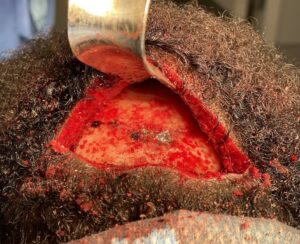
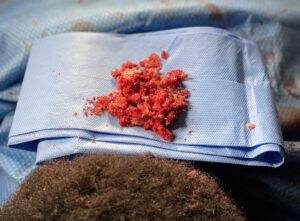
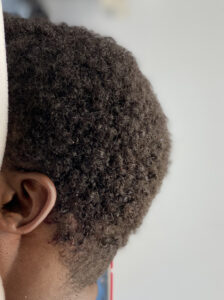
It is very easy when reducing a large section of skull bone through a limited incision to get ‘lost’. By using a quadrant section technique, the area that is being reduced can be compared to adjacent untouched bone so that the entire reduced area is more consistently done.
Case Highlights:
1) The most common area treated for a bony protrusion on the skull is the occiput, whether it is reduction of a central knob, horizontal nuchal rudge or the entire occipital bone.
2) A low horizontal scalp incision provides access to reduce the entire occipital bone.
3) While the goal is to reduce the excessive occipital projection it is also importance to still keep a bit of a rounded shape to the lower back of the head..
Dr. Barry Eppley
Indianapolis, Indiana

